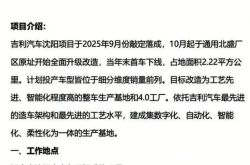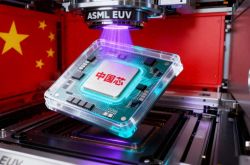Tesla's "Essential Luxury" Gamble: The Model Y Priced Below $40,000—Sacrificing Features but Retaining Autopilot! Is It a Strategic Move or a Loss of Tech Appeal?
![]() 10/11 2025
10/11 2025
![]() 556
556
Introduction: Recently, Tesla unveiled a new Model Y variant priced at $39,990, a move aimed at mitigating the impact of the elimination of U.S. electric vehicle subsidies.
"Purchase a Tesla for $39,990? But it lacks ambient lighting, the rear-seat screen is gone, and you even have to manually adjust the steering wheel!" When Tesla's Model Y Standard Range made its debut in a stripped-down version, social media was abuzz with reactions.
Some quipped that it was akin to "installing a smart lock in an unfinished apartment," while others cheered: "All we need is range and Autopilot; ditch all the unnecessary extras!"
Behind this debate lies a fundamental clash in electric vehicle (EV) consumption philosophies—when "luxury" transitions from plush leather seats to intelligent algorithms, are consumers willing to pay for "appearance" or "substance"?
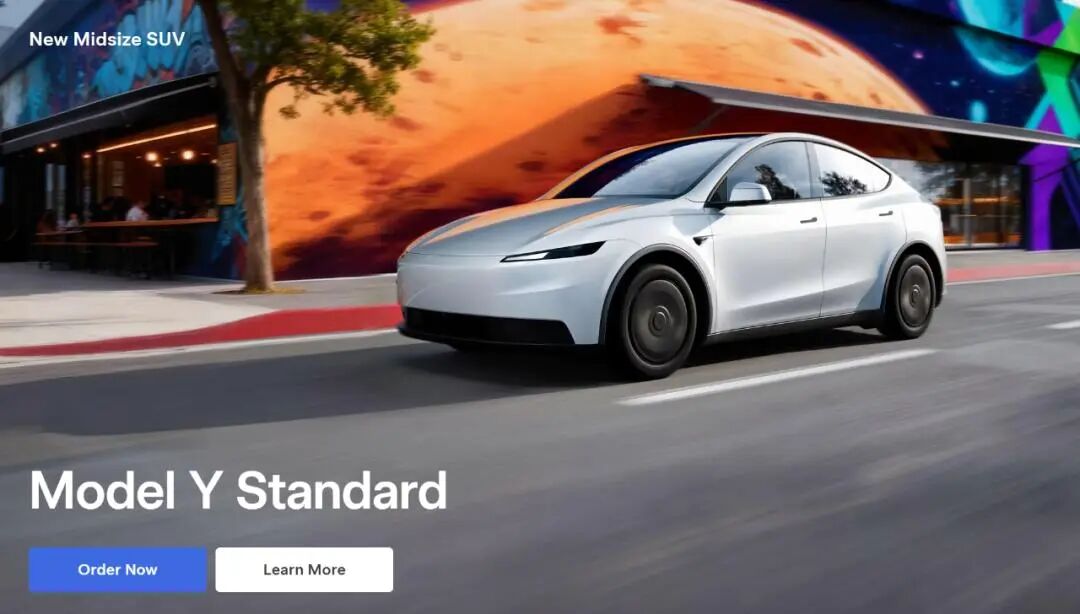
I. Appearance vs. Substance: How Calculated Is Tesla's "Feature Reduction Strategy"?
As soon as the Model Y Standard Range hit the market, observant netizens quickly compiled a "list of sacrificed features":
Ambient lighting was reduced from 256 colors to "colorless," the rear 8-inch entertainment screen was entirely removed, and even the paint options were limited to basic black (other colors required an additional $1,500).
Yet Tesla's "surgical precision" in feature reduction is remarkable—the range remains at 516 kilometers (CLTC), the base Autopilot (automatic assisted driving) is still included as standard, and even the HW4.0 hardware (supporting future FSD upgrades) remains untouched.
"It's like ordering a steak at a restaurant and getting one without black pepper, but being told it's M9+ Wagyu beef and comes with free cutlery," explained automotive analyst Mr. Li with a vivid analogy.
Data reveals that in Tesla's China sales for 2023, the Model Y accounted for over 60%, and the starting price of this Standard Range version has dropped to 263,900 yuan (approximately $39,990), nearly 100,000 yuan cheaper than the Long Range version.
This strategy of "visible feature reductions + invisible retentions" directly targets the pain points of two distinct consumer groups:
1. Pragmatists: Beijing-based owner Mr. Wang calculated: "I commute 80 kilometers daily. The 516-kilometer range is sufficient for a weekly charge, and Autopilot maintains a safe distance on the highway—far more practical than a rear-seat screen." 2. Brand Loyalists: "Lao Zhang" from a Shanghai Tesla owners' group bluntly stated: "The Tesla logo is worth 50,000 yuan. I can add other features later myself; it's still more prestigious than buying a BBA (BMW, Benz, Audi) gasoline car."
Even more clever is the inclusion of free gray paint.
Psychological research indicates that consumers are far more responsive to "free" offers than to "discounts."
By replacing the previously premium pearl white paint with gray, Tesla not only cuts production costs but also creates a psychological "win" for users—even if they later spend 2,000 yuan at a car wrapping shop to change the color.
II. Manual Steering Wheel: A "Setback" or "Principle" in Tech Appeal?
If reducing ambient lighting was a minor adjustment, then the manual adjustment for the steering wheel and mirrors directly challenges Tesla's "tech-forward" image.
In an era where EVs typically come standard with electric seat adjustments and steering wheel memory functions, the Model Y Standard Range requires users to "do it themselves," even being dubbed "the manual transmission among electric vehicles" by netizens.
"It's like the iPhone 15 suddenly ditching facial recognition and reverting to fingerprint unlocking," a tech blogger complained in a video, suggesting it feels like a "loss of tech appeal."
Compared to traditional luxury brands, the entry-level BMW X3 also cuts some tech features but at least retains electric steering wheel adjustment;
Tesla's manual operation, however, creates a sense of "tech regression" for some consumers.

Yet Tesla's confidence lies in its hardware reserves.
The HW4.0 chip boasts 5 times the computational power of its predecessor, with 8 cameras supporting 360-degree views. Even if only base Autopilot is currently available, it leaves room for future FSD (fully autonomous driving) upgrades.
This "hardware ahead + software phased" approach mirrors gaming companies' "cheap base game + profitable DLC" model—users can enter at a low cost now and pay for advanced features later.
III. Optional Upgrade Game: The "Psychological Trick" Behind $1,500 Wheels
Tesla's "low price to attract + optional upgrades to profit" model shines in the Model Y Standard Range.
19-inch wheels come standard, but upgrading to 20-inch "flashy" wheels costs an extra $1,500;
white paint adds $1,500, while red costs a hefty $2,500.
Behind this strategy lies the "anchoring effect" from behavioral economics—when consumers see a starting price of $39,990, they instinctively use it as a "reference point," treating subsequent optional upgrades as "bonus gains."
"It's like a supermarket pricing milk at $2 but placing a 'upgrade to large bottle for $1 extra' option nearby—many feel like they're getting a deal," explained consumer psychology expert Ms. Chen.
Data shows that the average customer spends $3,000 on Tesla optional accessories, with FSD adoption rates at just around 2% in China. However, as the Standard Range price drops, the potential user base is expanding rapidly.
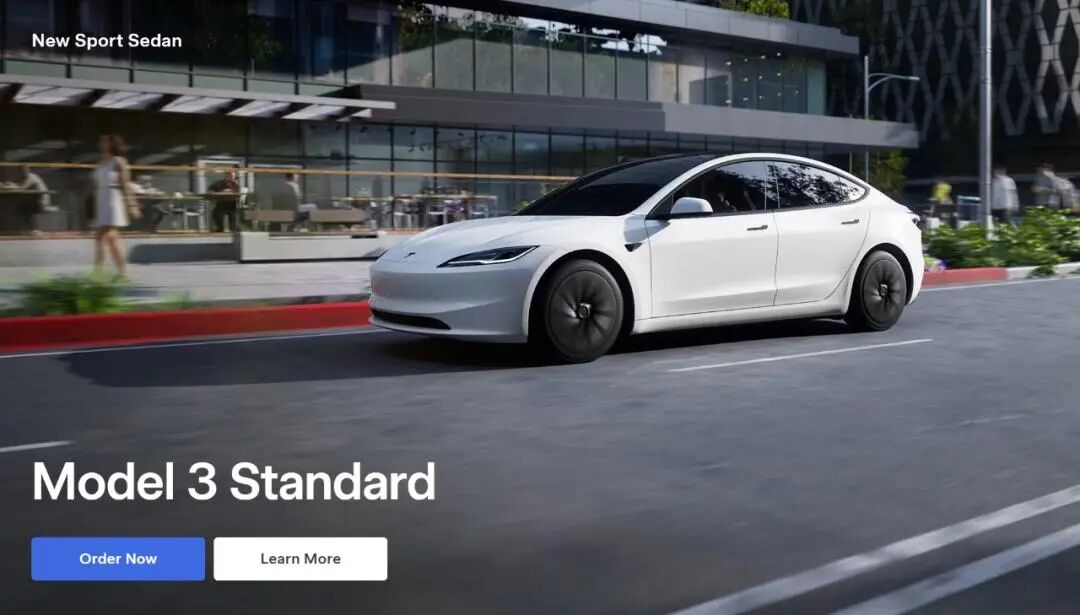
Netizens' wit shines through: "Tesla is selling the 'bare-bones' version like it's a 'limited edition.'"
Compared to traditional automakers' bundled configuration strategies (e.g., BMW requiring Harman Kardon audio for high-spec versions), Tesla's free optional upgrade model gives consumers a sense of "my car, my rules" control.
IV. Who's Buying the "Essential Luxury Car"? Three User Profiles Emerge
Despite the controversies, the Model Y Standard Range's sales remain strong, driven by three distinct consumer groups whose choices reflect a polarization in EV consumption.
The First Group: "Pragmatic Users"
They focus solely on core functions and dismiss "frills."
Mostly second family cars for daily commutes, they prioritize range, reliability, and base autonomous driving.
Beijing's Ms. Liu is a typical example: commuting 50 kilometers daily, the Model Y Standard Range's 516-kilometer range covers a weekly charge, and base Autopilot eases highway fatigue.
"I drive alone most of the time. The rear-seat screen is useless, ambient lighting unnecessary, and manual steering adjustment is a minor inconvenience," she admits. "For EVs, the core is 'drivable and easy to drive,' not 'feature-rich.'"
The Second Group: "Brand Followers"
They pay for the "Tesla badge" and compensate for missing features with aftermarket upgrades.
Mostly young consumers, they value Tesla's brand prestige and believe "driving a Tesla is prestigious," filling gaps through modifications.
A post-95 owner, Mr. Wu, added ambient lighting and a rear-seat screen for 5,000 yuan after purchasing the Model Y Standard Range: "Modifications cost half of factory options and let me choose custom colors—more personalized."
According to modification shop data, Tesla Model Y modification orders surged 30% in the first half of 2025, with ambient lighting and electric steering wheels as top projects.
The Third Group: "Price-Sensitive Buyers"
Attracted by the low price, they may underestimate optional upgrade costs.
Mostly first-time EV buyers with limited budgets, they're swayed by "$40,000 Tesla" but overlook subsequent expenses.
These users often "can afford the car but not the upgrades," with optional costs becoming an "unexpected burden."
The choices of these three groups essentially represent a "dividing line" in EV consumption philosophies: some pursue "practicality," others value "brand premium," and some fall for "low-price lures."
Tesla's "essential strategy" precisely captures this polarization—using low prices to attract budget-conscious users while retaining those willing to pay for upgrades, ultimately achieving "full price range coverage."
V. Luxury in the Electric Era: From "Feature Overload" to "Irreplaceability"
The Model Y Standard Range controversy sparks a broader debate on "luxury" in the EV industry: as electric tech becomes ubiquitous, with range, fast charging, and base autonomous driving as "standard," what defines EV luxury?
Tesla's "subtraction" may be prompting the industry to rethink this question.
Traditionally, EV luxury relied on "feature overload": ambient lighting, large screens, Harman Kardon audio, air suspension—the more features, the "luxurious" it seemed.
However, this model falters as supply chains mature, making these features accessible in mid-range models (e.g., 150,000-yuan cars now offer ambient lighting and large screens), eroding traditional "feature-based" luxury.
Tesla's approach shifts luxury from "visible features" to "invisible tech."
For instance, the HW4.0 chip's computational power, Autopilot's reliability, and OTA upgrade capabilities represent Tesla's "irreplaceability."
As Tesla CEO Elon Musk puts it: "True luxury isn't about screen count but how intelligent the car is and how much time it saves users."
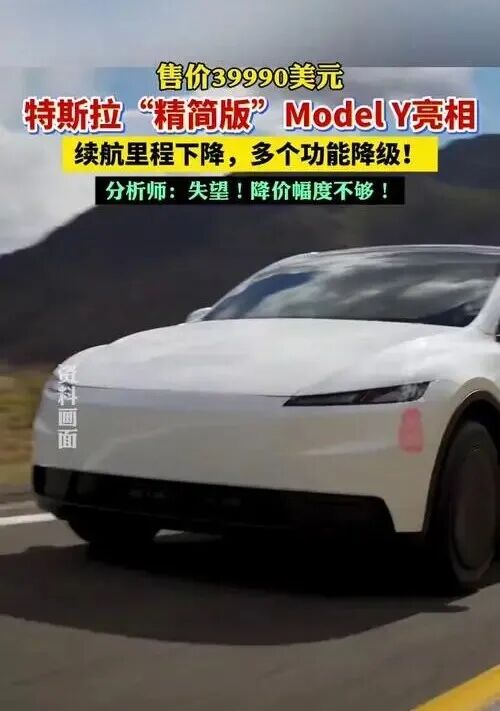
This approach is being validated: according to J.D. Power's 2025 EV satisfaction survey, Tesla ranks first in "autonomous driving experience" and "OTA upgrade satisfaction," far surpassing BMW, Mercedes, and other traditional luxury brands;
however, it ranks near the bottom in "feature satisfaction," proving that while consumers complain about "missing features," they still recognize Tesla's tech edge.
Of course, Tesla's "subtraction" carries risks: if excessive feature cuts compromise basic user experience (e.g., inconvenience from manual steering adjustment), it could erode brand image.
In the future, EV luxury may require "balance":
Retaining core tech's "irreplaceability" while meeting reasonable expectations for basic features (e.g., electric steering adjustment, base ambient lighting). These "minor features," though low-cost, significantly boost "perceived value."
For consumers, this controversy also sparks "rational consumption" awareness: when buying an EV, is it for "appearance" or "substance"? For "more features" or "better experience"?
In summary, We (Public Account: Self-Driving Car Era) argue:
Tesla's "essential Model Y" at least teaches us that EV choices are becoming increasingly diverse—some pay for brand, others for practicality, and some for technology!
—And that's the beauty of the electric era.
Hey! What's your take?
#SelfDrivingCarEra #AutonomousDriving #SelfDrivingTechnology #SelfDrivingCars #Tesla

